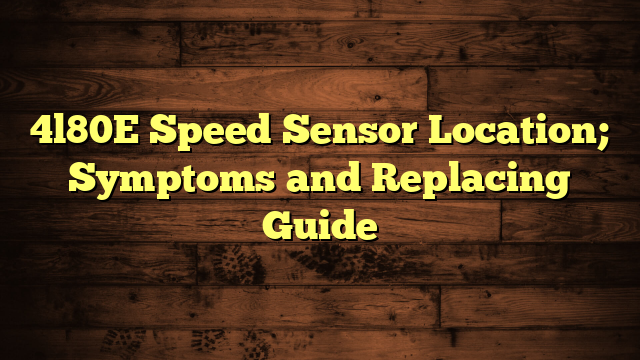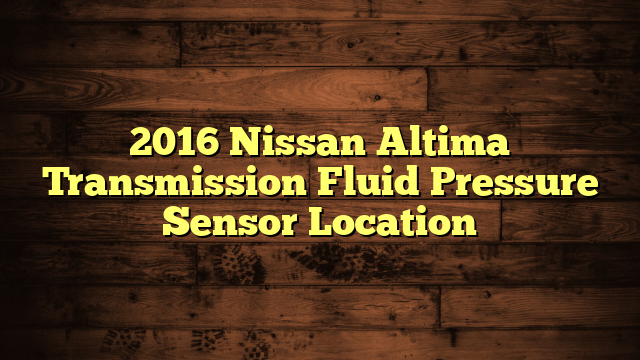Cat 3406E Sensor Locations: Enhancing Engine Performance and Reliability
When it comes to maintaining and optimizing the performance of Cat 3406E engines, understanding the sensor locations within the engine is crucial. Sensors play a vital role in monitoring various parameters and relaying essential data to the engine control module (ECM), allowing for precise adjustments and efficient operation.
In this article, we will delve into the sensor locations in Cat 3406E engines, shedding light on their purpose and significance.
Table of Contents
Common Sensors in Cat 3406E Engines
A. Engine Coolant Temperature Sensor
The engine coolant temperature sensor is typically located near the thermostat housing or in the cylinder head.
It measures the temperature of the coolant circulating through the engine. By providing this information to the ECM, the sensor assists in regulating fuel delivery, optimizing combustion, and preventing engine overheating. Maintaining an optimal operating temperature is crucial for engine efficiency and longevity.
B. Intake Manifold Pressure Sensor
The intake manifold pressure sensor is usually positioned on the intake manifold itself, close to the throttle body.
It measures the pressure within the intake manifold, allowing the ECM to calculate the engine load. This data enables the ECM to adjust the air-fuel mixture accordingly, ensuring efficient combustion and power delivery. The intake manifold pressure sensor plays a critical role in optimizing engine performance and fuel economy.
C. Oil Pressure Sensor
The oil pressure sensor is commonly located near the oil filter housing or on the engine block.
It monitors the oil pressure within the lubrication system, providing essential feedback to the ECM. The sensor helps ensure proper oil circulation and lubrication to prevent excessive engine wear. Low oil pressure can be an indication of potential issues, such as a failing oil pump or clogged oil passages, which should be addressed promptly to avoid severe engine damage.
E. Fuel Pressure Sensor
The fuel pressure sensor is typically found near the fuel rail or the high-pressure fuel pump.
It measures the pressure within the fuel system, enabling the ECM to monitor fuel delivery and efficiency. By continuously monitoring fuel pressure, the sensor helps identify potential fuel system issues, such as clogged filters or failing fuel injectors. Maintaining proper fuel pressure is vital for optimal engine performance and preventing fuel-related problems.
F. Crankshaft Position Sensor
The crankshaft position sensor is usually located near the crankshaft pulley or flywheel.
It detects the rotational position of the crankshaft, providing crucial timing information to the ECM. This data allows the ECM to synchronize the engine’s fuel injection, ignition timing, and other critical functions. A malfunctioning crankshaft position sensor can lead to engine misfires, reduced power, or even engine stalling. Therefore, accurate timing is crucial for optimal engine performance and drivability.
G. Camshaft Position Sensor
The camshaft position sensor is commonly situated near the camshaft or camshaft gear.
It detects the position of the camshaft(s), enabling the ECM to synchronize the opening and closing of the engine’s intake and exhaust valves. The camshaft position sensor ensures proper combustion and engine efficiency by providing precise timing information. Any issues with this sensor can result in poor performance, reduced fuel economy, and increased emissions.
H. Exhaust Gas Pressure Sensor
The exhaust gas pressure sensor is typically positioned near the turbocharger or exhaust manifold in the exhaust system.
It measures the pressure of the exhaust gases, allowing the ECM to monitor engine performance and emissions. By analyzing this data, the ECM can optimize turbocharger operation, ensure efficient exhaust gas recirculation (EGR), and maintain compliance with emission regulations. The exhaust gas pressure sensor is essential for achieving the right balance between power output and environmental responsibility.
Conclusion
Understanding the sensor locations in Cat 3406E engines is crucial for ensuring optimal engine performance, reliability, and longevity. These sensors provide vital data to the ECM, enabling precise adjustments and efficient operation. Regular maintenance and monitoring of these sensors are essential for identifying potential issues early on and taking corrective action promptly. By keeping the sensors in good working condition, you can maximize the performance and efficiency of your Cat 3406E engine, ultimately ensuring a smooth and trouble-free operation for years to come.






